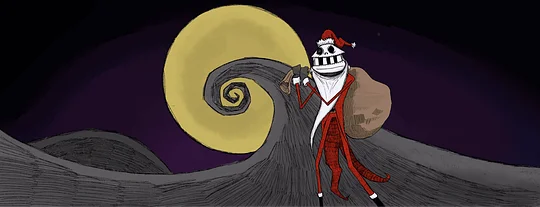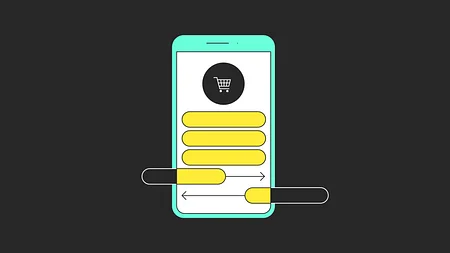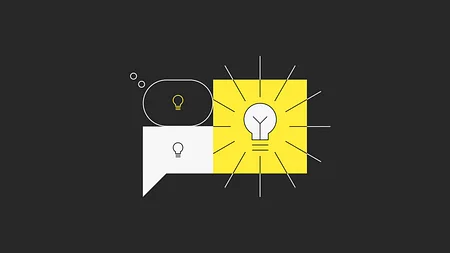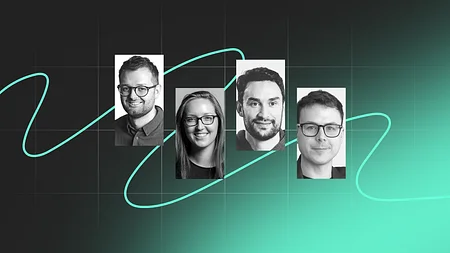The Bankmare before Christmas

Providing the best service to have the largest market share. That’s what banks want to be and want to have. And for a very long time they did.
There are few who’d deny that at what I do I am the best
Jack Skellington
For a long time, banks developed infrastructure that was powerful, with a global and massive reach that meant they were unchallengeable. And for a long time banks delivered unparalleled experiences and retained a great deal of public trust.
But then the financial crisis hit. Trust in banks plummeted, but there was no alternative for customers back in 2008 despite a great deal of public outcry. In the intervening period, Challenger brands have seized on the excitement of early technology adopters and the mounting scepticism towards incumbents by providing an alternative to mainstream banking.
Calls out for something unknown
Regulators, particularly in Europe and specifically in the UK, decided that they had to kick-start competition by implementing rules that would open up banking services, allowing new entrants to enter the market. This led to the rise of challenger banks. There’s some discussion about what is a challenger. By the strictest definitions, that name fits the digital-only banks like Monzo, Starling Bank and Tide. But the brand challengers like Metro and Atom Bank were the first to take on the incumbent banks and develop alternative services for customers.
These challenger banks have also benefited from the marked increase of systems outages and technology failures at incumbent banks that are constantly rising. It’s not enough for a service to just be better to lose significant customer numbers. Customers also have to lack faith in their banking provider. And there are more reasons for that lack of faith every day.
Incumbent banks are Halloween. Providing zombie accounts and imposing, monolithic hardware that can’t be used beyond its original purpose. Then there are the challenger banks like Monzo, Starling Bank and Mettle. They’re born digital, they’re new and shiny. They’re Christmas for all the customers who’ve wanted banks that predict their needs, solved their jobs to be done and delivered a minimum loveable product (MLP).
Customers never told the challengers that they wanted these things. Customers told challengers what was wrong in their lives and that’s how MLPs were figured out. There was no spoon feeding or head start. Challengers simply got their research cycle right because they didn’t have to worry about keeping the lights on and focusing on day to day business.
Creating a product that customers love is their day to day business.
But who here would ever understand?
So, how can banks catch up? Challengers have created a user experience that’s celebrated everywhere. But there’s a difference in the breadth of services. Challengers can only offer the one service that’s been well researched. Incumbent banks have wealth management tools, competitive interest rates, mortgage facilities and much more.
Some of the challengers are beginning to introduce a few of these features, but for the most part they’re still focusing on one core proposition and doing it well. Their Christmas gift to customers. And because challengers are doing it so well, it makes sense that aping those features can help fend them off. But it’s not quite that simple. Just like how wearing a santa outfit doesn’t make me Santa Claus...
Copying features from challengers doesn’t make banks digital
Simon Taylor, 11:FS Co-Founder
Challengers aren’t their features. They’re the potential for expansion from being born digital. Incumbent banks cannot pretend to be something that they’re not, incumbents are legacy architecture and analogue input. And it shows when they try to mimic challenger features. It’s the same issue that’s been at play with all digital projects in incumbent banks, a thin veneer of ‘being digital’. It’s the digitisation of products that fails to understand why the decision was made in the first place.
Incumbent banks should not be playing catch up. Rather than copying features, they should be engineering them from the ground up. Instead of being good at keeping the lights on, incumbents should be good at solving problems customers haven’t even realised they have yet. And yes it’s difficult to do this while ensuring the bank is still running. But create an environment where it’s possible to deliver new and useful services
Incumbents provided the best service for a significant time. Now there’s a question as to whether that service is the best or if banks are relying on past success to retain customers. Incumbents still hold the market share of customers.
But with some challengers signing on 20,000 new customers per week, it won’t be long until incumbents are surpassed.
If you want to learn how to get ahead of the competition, drop us a line at hello@11fs.com


